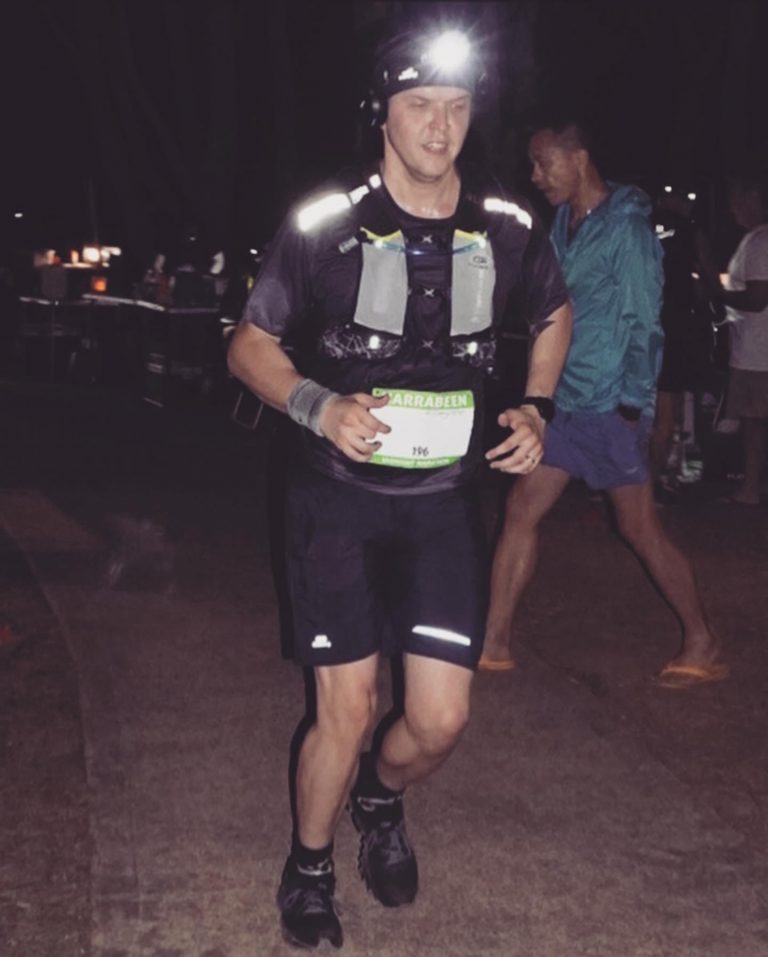No matter what level you’re at, you’ll probably agree that running takes a lot of skill and time to practice. From the way you breathe to the way your foot strikes the ground, running is a combination of physical actions that affect your speed and energy.
One of the essential skills that you need to develop when running is your cadence. But what exactly is running cadence, and why is it important for you to master?
In this article, we’ll discuss everything you have to know about running cadence.
Running Cadence Explained
Cadence is a description of repetition over a set duration. At its simplest definition, cadence refers to how many times you do something within a specific length of time.
Applied to running, cadence is simply the number of steps you take in a minute. This is as simple as a running metric gets, but it has many far-ranging impacts on your running performance.
Why Does Running Cadence Matter?
Running cadence matters because it affects form, and form is one of the most important skills to master in running. Form directly impacts performance—the better your form, the faster you run.
Obviously, the inverse is also true. If your form is bad, you won’t be able to reach your potential. That’s why it’s important to measure and master your ideal running cadence.
However, while it’s easy to count the number of steps you take in a minute when you’re just walking on a treadmill, cadence can be hard to track in real-world conditions. After all, it can be affected by various factors such as terrain, physique, and personal biomechanics.
Benefits of Mastering Your Running Cadence
There are many benefits to mastering your running cadence. This section will discuss the three most crucial ones: technique, speed, and running health.
Technique
Regardless of the sport, it’s a fact that the basics serve as the foundation for further growth. If you want to achieve great things, you have to master the simple things first. Only then will you be able to proceed to the next level in your sport.
Similarly, there are many things that you can master in running, but cadence is one thing that has a significant impact on performance.
If you can understand cadence’s effect on your running, you can also improve your running form, air time, and braking force. While these are all things you can master individually, being able to control your steps per minute properly makes it much easier for everything else to fall into place.
So what’s the ideal cadence for the best technique? The consensus seems to be at around 180 steps per minute, but it’s not as simple as that. More on that in the next section.
Running Economy
Running economy refers to how efficiently you use your energy when you run. There are many factors that can affect it, including running cadence.
Again, running cadence influences how your feet hit the ground. And the more you hone your running technique, the more efficient you become. In short, you spend less energy and produce better results.
Remember, an efficient runner is a better runner. No matter how fast of a runner you are, if you get fatigued easily, then there’s no way you can win the race.
Running Health
If you don’t have proper running cadence, you’re not just running inefficiently; you’re also increasing your risk of injury.
One of the most common problems is low cadence. If you have a cadenc that is too far behind the average (based on your body type and mastery), then you’re probably taking strides that are too long to be healthy.
When you take long strides, your feet strike the ground on your heel. This is called heel striking, and it can slow you down and make you more prone to injuries.
How exactly can it do this? Well, since you’re applying an opposing force every time you land on the ground, you’re expending more power than necessary, as well. This can lead to early fatigue and less speed.
Also, when you put heel strike too often, you’re putting additional stress on the lower parts of your body. This can cause plenty of debilitating yet sadly common injuries:
Heel pain
Unsurprisingly, if you constantly hit the ground with your heel, you can develop heel pain. This is because heel striking can actually reduce the blood flow to the rest of your foot, especially your heel pad. Over time, this can result in heel pad deformations.
Knee pain
Your knee is one of the most affected joints in your body when you have bad form. This is because each strike hits the joint and surrounding cartilage harder than necessary. The cumulative damage can result in strain, or even worse, osteoarthritis.
Hip femur fracture
The femur is your thigh bone, and the region closest to the hip is called the hip femur. Somewhat self-explanatory, a hip fracture damages your hip femur, which comes from the unnecessary force traveling up your legs to your hips.
Achilles injury
The Achilles tendon is found at the back of your ankle, and this muscle is responsible for most of the movement of your foot. Severe heel striking can strain or even permanently damage this muscle.
Lower leg injury
The additional muscular pressures caused by heel striking can also cause pains and injuries in your lower leg.
Is There An Ideal Running Cadence to Practice?
As previously mentioned, 180 steps per minute is a good baseline to start with. However, this isn’t the “ideal” running cadence for everyone. Runners differ in their tempo based on physical factors such as height, mobility, and strength.
There are also broad ranges that you can use as a baseline to start determining your ideal cadence. You can measure this using your “easy pace.”
Your easy pace refers to your running speed when you’re not trying hard. Since you’ll be running at an easy pace most of the time, you can use it as a good baseline.
- If you take more than 10 minutes to run a mile, your cadence should fall somewhere around 160 steps per minute.
- If you take less than 10 minutes to run a mile, your cadence should be around 170 steps per minute.
If you’re a beginner runner with a speed and cadence lower than indicated, you should slowly work your way up. However, to do this, you must first know your baseline cadence, which we’ll discuss below.
How to Measure Your Current Running Cadence
Most GPS watches have a running module that can measure various metrics such as cadence. If you have one, then you can safely rely on them for a more-or-less accurate estimate of your running cadence.
However, if you only have a digital running watch or prefer not to use any kind of watch at all, you can easily get your current running cadence by following the steps below.
- While running, count how many times one foot touches the ground within ten seconds.
- Multiply that by two (2) to account for the footfalls of both feet.
- Then, multiply the number by six (6) to account for the 1-minute (60 seconds) unit.
The resulting number is your steps per minute. Keep in mind, though, that this measure is merely a rough estimate. Your cadence can change due to various factors, as previously mentioned, and this estimate will not account for this.
A watch with a dedicated cadence tracking function, like those found on Garmin or Polar watches, is still the most reliable source of this information. Check our list of the best GPS running watches as well if you’re interested in finding out more.
Improving Your Running Cadence.
Now that we know what running cadence is and why it’s important, you may want to improve your own. Changing your cadence won’t happen overnight, but it is relatively simple.
At its core, your running cadence is primarily a matter of habit. Most runners will automatically self-select their cadence based on their physical attributes. It will take a conscious decision and effort in order to change what you’re already used to.
Remember, if you want to sustain your cadence, your physique will also have to match. You have to incorporate other habit and lifestyle changes to make sure that you can successfully maintain your goals.
Here are a few tips to improve your running cadence:
- Schedule regular running sessions where you can practice your desired cadence.
- Use cues, such as music or metronomes, to lock you into your desired cadence and prevent drifting back to your previous habits. Make sure you get a pair of running headphones suitable for these exercises.
- Pay attention to your arm swing when running, as it can affect your cadence.
- Increase your cadence in small increments. Suddenly jumping to a high cadence far beyond your current level can lead to injury.
- Don’t forget to train muscle strength and speed. This will allow for more muscular coordination and help you sustain a better and more efficient pace over time.
- Consider adding trail running, hill sprints, and muscle endurance training to your regular sessions to train for speed and strength.
Mastering Your Running Cadence
Running cadence is one of the most important things you have to pay attention to, no matter what skill level you have. Once you find your ideal running cadence, you can improve your running technique, increase your efficiency, and even minimize your risk of injury. Enjoy your longer, better, and safer runs!

Marko Rakic is a trail runner and fitness enthusiast from Sydney, Australia. He is the lead writer for The Ultimate Primate and believes the best way to live a happy life is through constantly challenging yourself.
